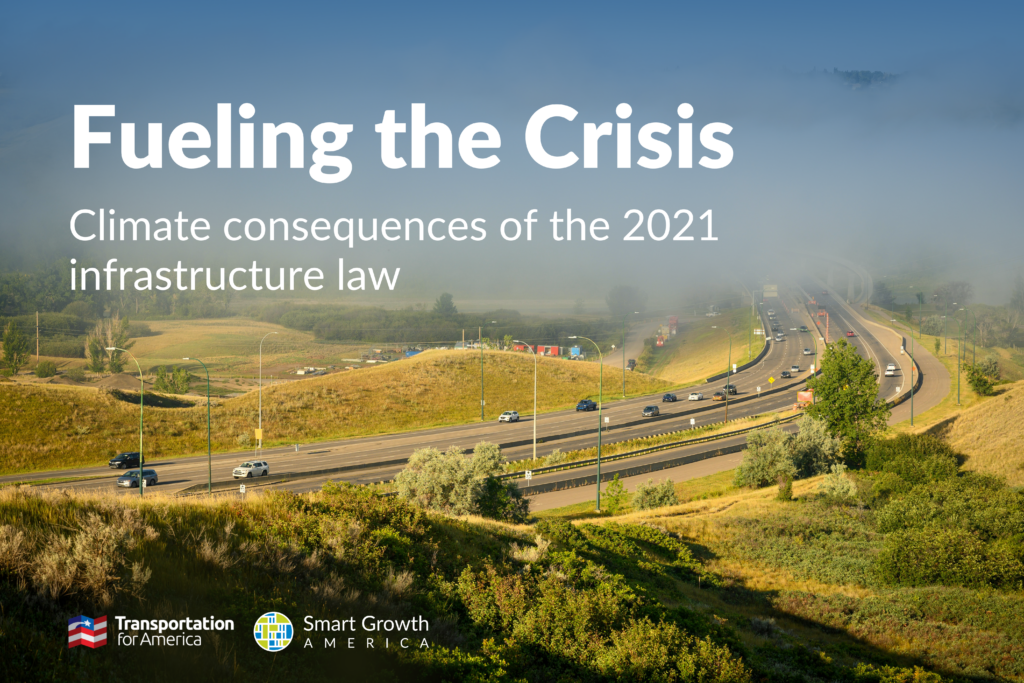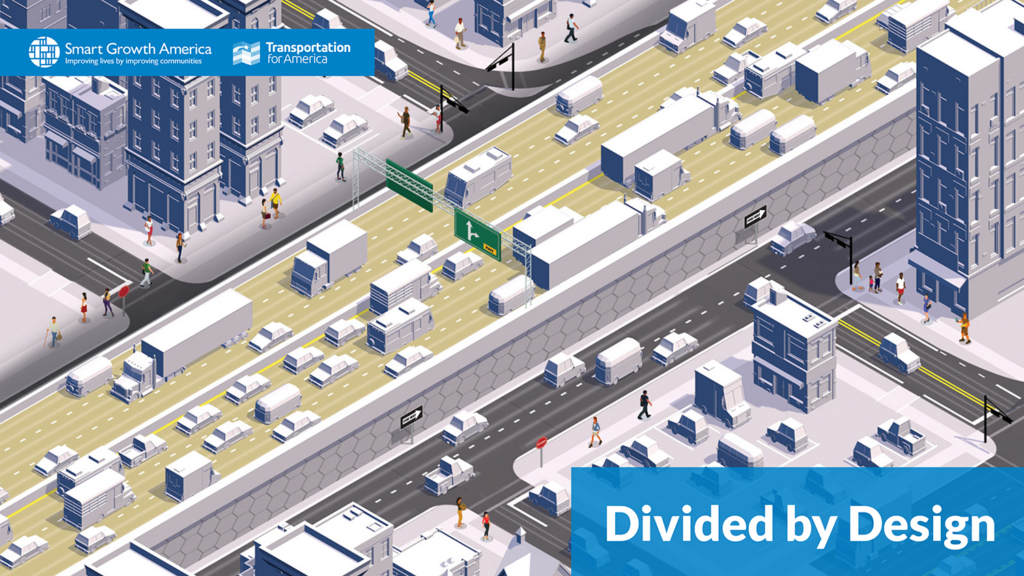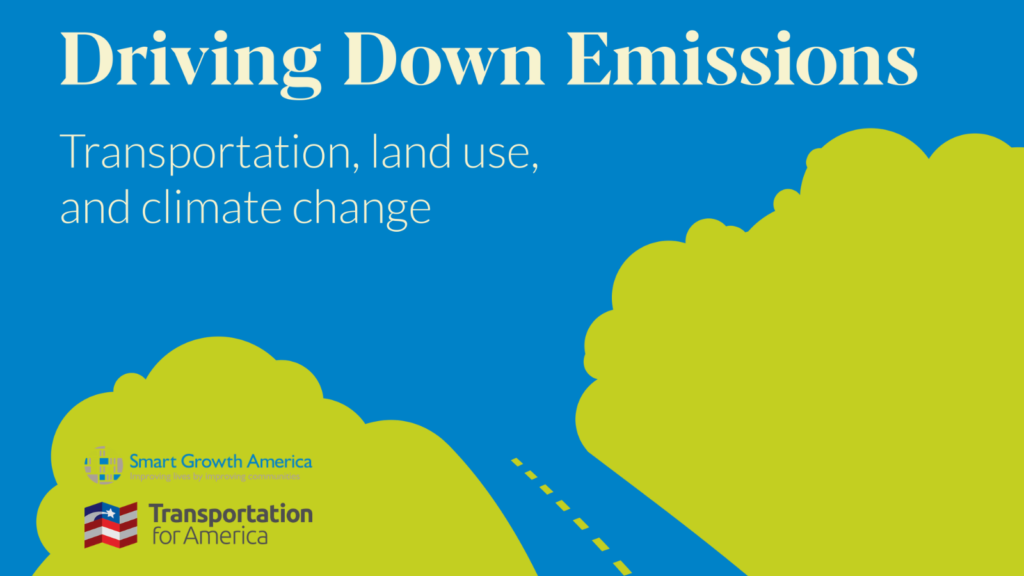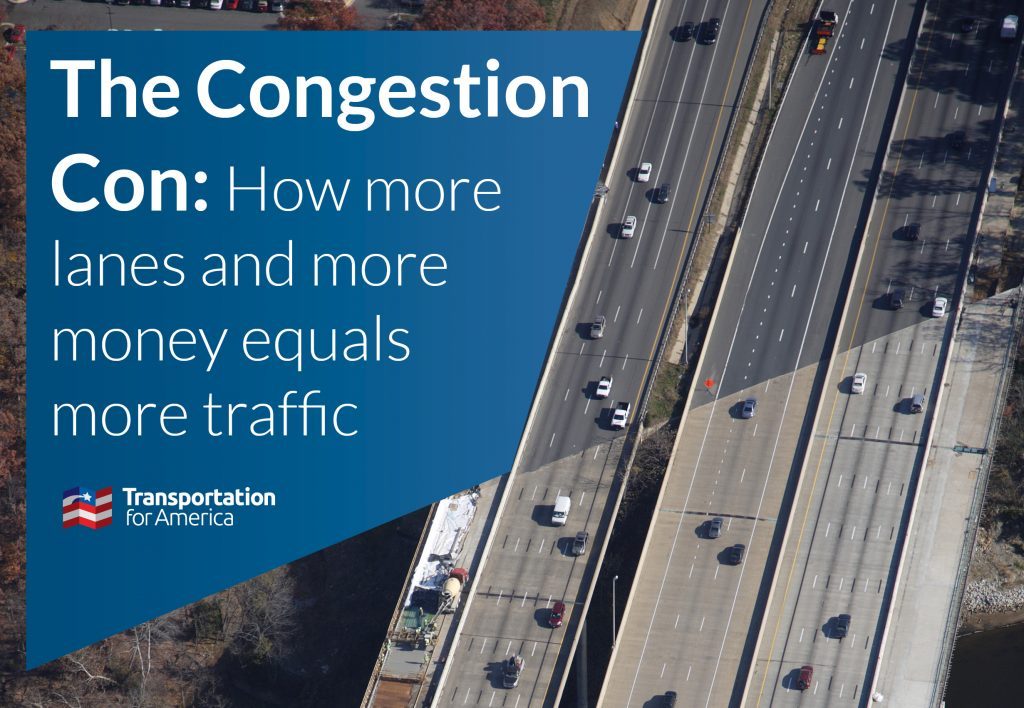Our insights & resources

Resource/Report

Resource/Report

Community Connectors


Resource/Report


Resource/Report

Resource/Report
All insights & resources
Filter by
Search our blogs and resources

Resource/Report

Resource/Report

Community Connectors


Resource/Report


Resource/Report

Resource/Report
Filter by
Search our blogs and resources